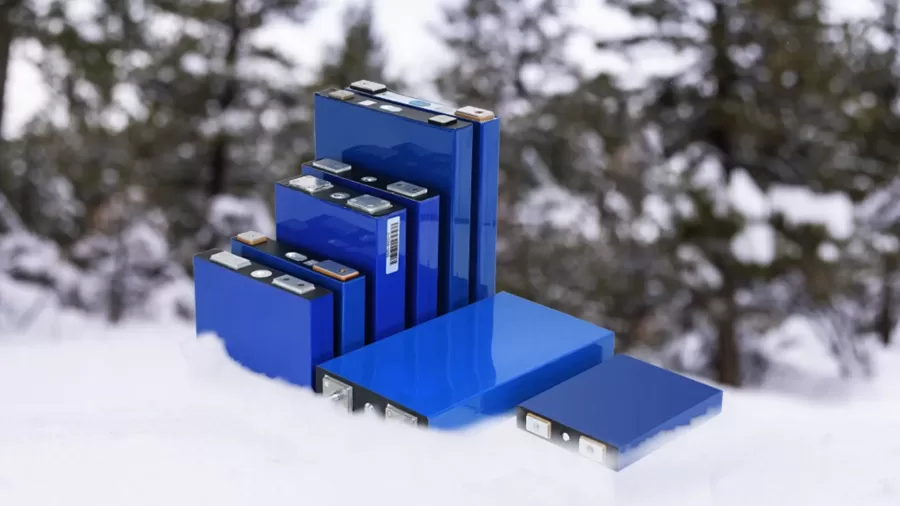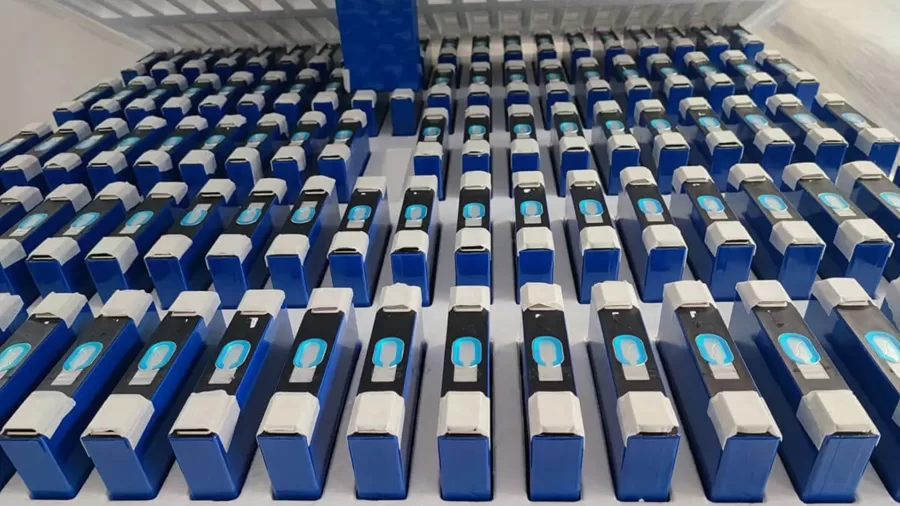As a leading manufacturer and designer of Lithium Iron Phosphate (LFP) batteries, CM Batteries is committed to providing users with expert knowledge on how to store lifepo4 batteries safely and effectively to prolong their lifespan. This article will provide you with the aspects of LFP battery storage and practical tips.
Why Should We Store LiFePO4 Batteries Properly?
Compared to lead-acid batteries, LFP batteries have many advantages including longer lifespan, higher energy density, and faster charge rate. However, LFP batteries have more strict storage standards to protect the features to keep high performance.
When Lithium-iron phosphate batteries are stored, LFP batteries undergo chemical reactions that affect their performance and decrease their lifespan. Improper storage will damage the battery and even bring safety risks.
3 Tips for Storing LiFePO4 Batteries
Storage Conditions
Storage time and temperature impact the performance and lifespan of LiFePO4 batteries. The optimal storage temperature range is -20°C to +40°C. Within this temperature range, the batteries can be stored for up to 12 months without capacity loss. When the batteries are stored for less than 3 months, the wider temperature range is -40°C to +50°C. But if you want the storage time over 12 months, the lower temperature range is +15°C to +25°C.
We’ll also share extra tips on how to store lifepo4 batteries:
- The capacity should be 25% to 85 %.
- Charge and discharge the battery every 3-6 months.
- Store the batteries without sunlight and keep them in a dry and comfortable temperature and humid environment.
- Store batteries in their original package or other protective containers.
- Keep batteries away from heat sources and flammable materials.
- Do not store batteries with other metal objects to prevent short-circus.
Storage Strategy For Different Seasons
Seasons affect the self-discharge rate of LiFePO4 batteries. Please adjust the storage strategy in the summer and winter.
High temperatures in summer can increase the self-discharge rate (about 3-4% per month). Store the battery in a place with 25°C temperatures to avoid overheating.
Low temperatures in winter can reduce the self-discharge rate (about 2-3% per month). If the ambient temperature is below -20°C (-4°F), opt for customized low-temperature LiFePO4 batteries for your applications to ensure good storage and performance.
Maintenance Tips
Before storing LiFePO4 batteries, please disconnect the power:
- Keep away from metallic objects to avoid short-circuit risks.
- Far away from strong magnetic fields, which interfere with the battery management system function.
- Inspect for any abnormalities such as odors, liquid leaks, or physical deformation.
When you follow the above guidelines, you will own reliable LFP batteries.
Storing LiFePO4 Batteries Tips in Cold Weather
When it comes to the safe storage and maintenance of LiFePO4 batteries, it is a big challenge in cold weather. The chemistry of LiFePO4 batteries is particularly active in extreme temperatures.
Two risks with low capacity before storing LiFePO4 batteries:
- Overdischarge will cause battery damage permanently when the batteries are stored at low capacity.
- LifePO4 batteries with low capacity are susceptible to sulfation, a process where lead sulfate crystals form on the battery’s anode, reducing its storage capacity and significantly shortening its lifespan.

By taking the right steps, your LiFePO4 batteries are safe and reliable in cold weather. Here are the 4 Tips for storing lifepo4 batteries in Cold Weather
Inspection Before Storage
Before storing LiFePO4 batteries in cold weather, please charge the battery to 90% of the capacity to protect them from self-discharge at low temperatures. Store the battery in an insulated box or container to keep the battery warm.
Monitor Temperature During Storage
Do not store LiFePO4 batteries in areas where the temperature falls below 0°C (32°F). Monitor the temperature of the storage area. Put a thermometer nearby you and keep an eye on the battery’s condition at all times.
Charge Your LiFePO4 Battery Regularly
LFP batteries are stored at low temperatures with self-discharge which causes capacity loss. Follow the manufacturer’s instructions to charge the battery regularly and inspect the voltage levels before a period of storage.
Choose a Low-temperature LiFePO4 Battery
The standard storage temperature for LiFePO4 batteries typically spans from -20°C to +40°C. However, CMB’s low-temperature LiFePO4 battery extends this range significantly, guaranteeing safety and optimal performance even in chilling conditions as low as -50°C. Click here to explore more about these advanced low-temperature LiFePO4 batteries.
How to Store LiFePO4 Batteries In The Warehouse
We’ll share 6 Methods of storing LiFePO4 batteries in a warehouse

Isolation and Identification
- Individual battery packs should be isolated with clear “No Smoking” signs, and no flammable or explosive materials should be stored nearby.
- The positive and negative terminals of each battery (cell) must be insulated to prevent short circuits.
Temperature Control
- The temperature of the battery or battery cell warehouse should be kept at 20±5°C (68±9°F), not exceeding 30°C (86°F), with relative humidity not exceeding 75%.
- Keep the warehouse clean, dry, and well-ventilated, and do not store other items.
Alarms and Ventilation
- The battery or battery cell storage room should be equipped with smoke and temperature alarm devices, with alarm signals sent to a location with 24-hour monitoring.
- Batteries or battery packs should have independent external emergency exhaust systems, which should be interlocked with the smoke and temperature alarm devices.
Storage Methods
- Batteries should not be stacked too high.
- Storage facilities should be made of non-combustible materials and take anti-static measures.
Firefighting Facilities
- The battery warehouse should be equipped with automatic sprinkler systems.
- Sufficient quantities of spherical dry powder fire extinguishers or sprinklers should be hung in the battery or cell warehouse.
- The battery or cell storage areas should each be equipped with two fire blankets and one special bucket for handling incident batteries.
As one of the professional lifepo4 battery pack manufacturers, CM Batteries is dedicated to providing our customers with high-quality LiFePO4 batteries. We not only offer high-performance battery products but also provide you the comprehensive storage and maintenance solutions.
Lithium-iron-phosphate Battery Storage FAQ
1. What is the best storage voltage for LiFePO4 batteries?
The optimal storage voltage for LiFePO4 batteries is between 3.2V and 3.3V per cell, approximately 50% to 70% of the battery’s maximum charge capacity.
2. Do LiFePO4 batteries require ventilation?
LiFePO4 batteries do not require ventilation like some other types of batteries, such as lead-acid batteries. They are considered relatively safe and stable and do not produce harmful gases during normal operation or charging. However, in certain applications, ventilation might be recommended to help with heat dissipation and prevent overheating.
3. How should LiFePO4 batteries be disposed of?
LiFePO4 batteries should be completely discharged and stored separately. Please follow local regulations regarding the recycling and disposal of lithium batteries. CMB’s Charge Again initiative strives to prevent tech waste from ending up in landfills.


